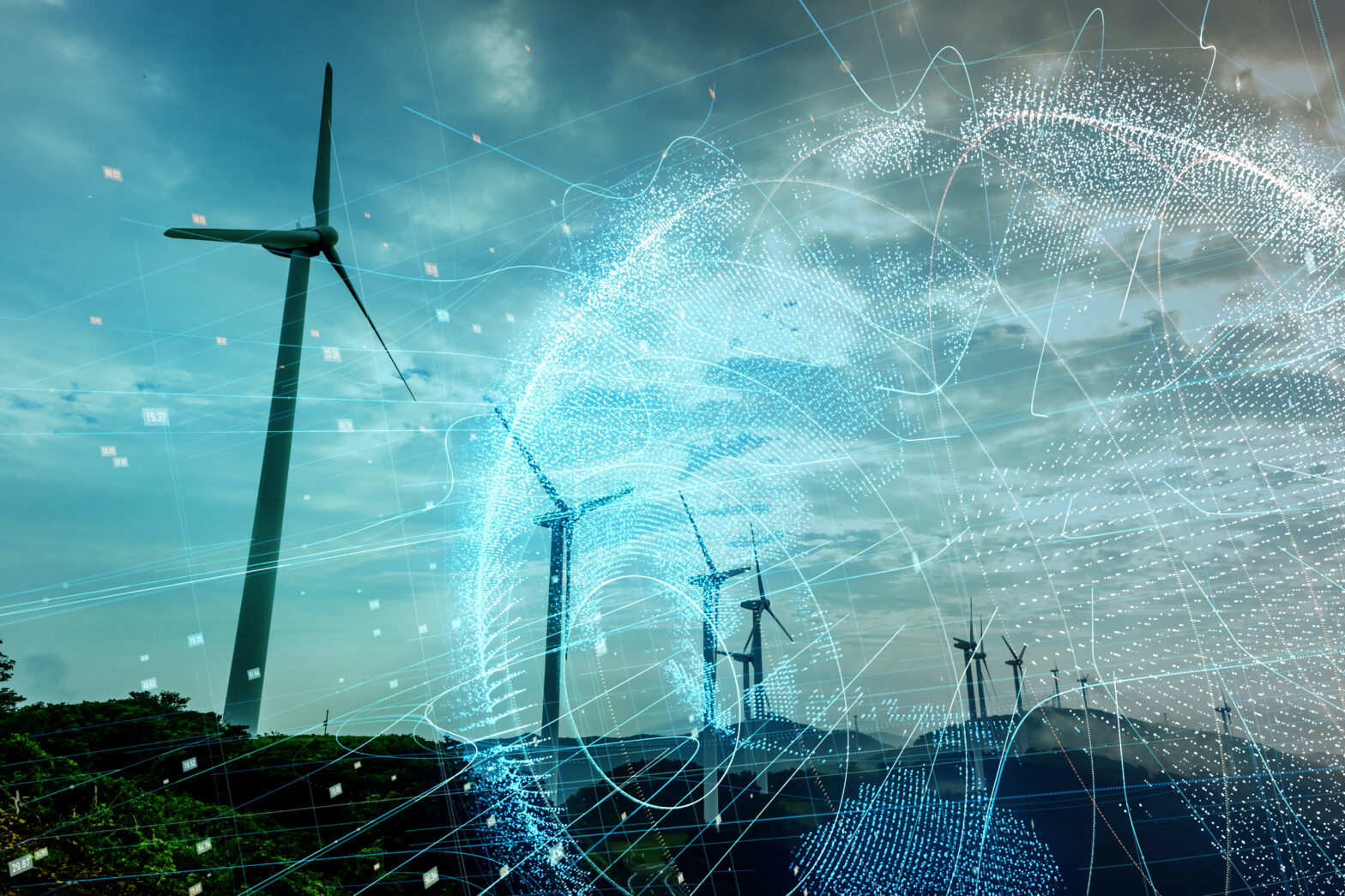Air pollution is now the world’s fourth-leading fatal health risk, according to the American Association for the Advancement of Science. Poor air quality in major cities can expose citizens to air pollution and lead to asthma attacks, lung cancer, heart disease or chronic bronchitis.
For this reason air quality represents a major challenge for governments and regulators alike. Indeed, earlier this year the UK government found themselves in court over claims of failing to properly address levels of nitrogen dioxide in towns and cities.
>See also: How IoT is changing the game in the public sector
A particularly challenging part of air quality control is accurate monitoring. In many cities, the air quality monitoring infrastructure is limited to large, fixed monitoring stations, making it difficult for experts to accurately gauge the levels of air pollution in their cities and its impact on citizens’ lives.
Exploring IoT driven air quality solutions
The development of the Internet of Things (IoT) has the potential to change this. Advances in low power wide area (LPWA) networks have led to the availability of small, portable, low cost, and always connected sensors. With low data rates and long reach, LPWA sensors can be attached to street furniture, bicycles or even people, to measure and report air quality with more regularity and precision than ever before.
Big data capabilities, such as analytics and machine learning, can then be applied to these measurements and related data sets, such as weather and traffic, to add context to the data and understand the causes and fluctuations in air pollution levels.
>See also: What are the best smart city projects
Whilst not intended to fully replace established monitoring networks, governments across the world are investing huge sums in policies and partnerships to explore IoT driven air quality solutions. Chongqing City in China for example, is currently working with China Mobile to explore how connected sensors could improve their air quality monitoring, while Telefonica and Orange are working with cities in France, Spain, Portugal and Brazil in much the same vain.
The role of operators in combating air pollution
Unsurprisingly, London also has air quality on the agenda. In February this year, GSMA and the Royal Borough of Greenwich teamed up for the “Smart London” project to improve understanding of air pollution in the area.
A battery powered, electric vehicle containing a high quality laboratory was used to measure the roadside air quality in Greenwich incrementally over a prolonged period.
The sensor was able to take discrete, real time measurements of pollutants in the area and use artificial intelligence (AI) to analyse the likely effects of congestion, weather and population movements on the results. Greenwich plan to include the insights obtained from this study within their annual
Air quality policy planning
Similarly, in South Korea, KT Corp have announced their government funded, nationwide ‘Air Map Korea Project’, worth over $8.9 million. Aiming to provide expansive, accurate air quality data, monitors are to be installed at 4.5 million telephone poles, 330,000 mobile base stations, 60,000 public phone booths, and 4,000 central offices in Korea. The company has said that these LPWA sensors will be able to measure fine dust, volatile organic compounds, noise and humidity level in just a few short minutes.
>See also: How will delivery firms deal with increasing traffic congestion?
The emergence of LPWA networks combined with the developments of IoT has a real potential to transform the ability of cities to monitor, understand and therefore tackle their air quality problems. But none of this is possible without operators. Operators have a critical role to play in providing robust and secure communications connectivity, without which IoT air quality applications simply could not work.
Equally, crucial to the success of IoT driven air quality solutions is the ability of operators to offer device management solutions and deliver secure and scalable data analytics.
Once armed with precise, contextual and detailed data, city management can begin to understand current challenges, provide prevention advice to their citizens and plan sustainably for the future growth of their cities.
Sourced by Dr. Shane Rooney, executive director at the GSMA










